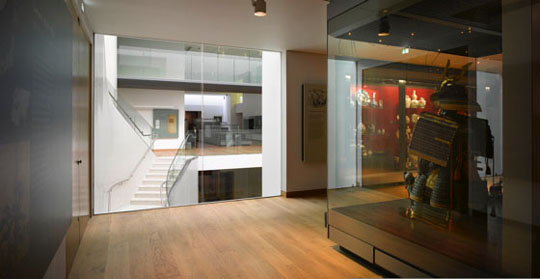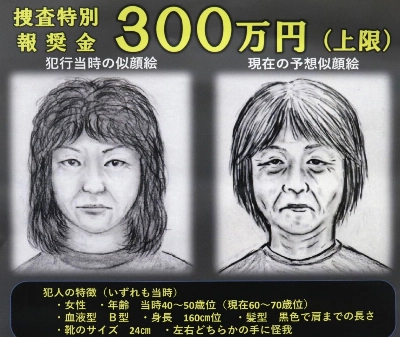When she looked at the floor plans for Oxford's redesigned Ashmolean Museum and saw that her two Japanese galleries formed an L-shape in one corner of the building, curator Clare Pollard didn't see an awkward space. "I saw a tea-house," she explains. And there it sits, in the crook of two beautiful and meticulous displays: designed by Tokyo-based architect Isao Komoda, made by master craftsman Amakusa Eiichiro, a two-mat piece of Japan at the heart of this major new museum space.
The Ashmolean Museum was Britain's first museum, originating in the private collection of two 17th-century plant collectors, a father and son both named John Tradescant who assembled a "cabinet of curiosities" during their far-flung travels in search of botanical specimens. That earliest assemblage included a humble pair of zori sandals — a far cry from the sort of Japanese objects that would later join the collection: swords and their fittings, screens, netsuke, and one of the finest collections of Japanese export porcelain gathered anywhere in the world.
Visitors to the original Tradescant collection observed that it was like going round the world in a day, a journey between cultures. After the collection was rehoused as part of Oxford University, however, it gradually fell victim to the scholarly impetus to categorize and compartmentalize, and strict geographical and chronological divisions were imposed on the objects on show.


















With your current subscription plan you can comment on stories. However, before writing your first comment, please create a display name in the Profile section of your subscriber account page.